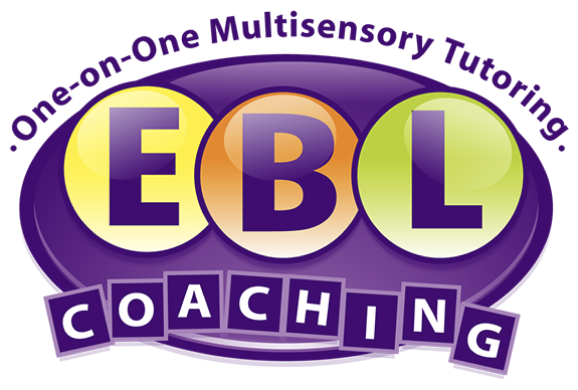
How to Support Students Who Struggle with Reading Comprehension
In this podcast, I discuss strategies for helping students develop stronger reading comprehension skills. Reading comprehension is a skill that affects nearly all aspects of academics and one that becomes increasingly important as students progress through school. Try some of the ideas below to help your child develop stronger reading comprehension skills:
 A ChildNEXUS Podcast: Ep. 215, How to Support Students Who Struggle with Reading Comprehension
A ChildNEXUS Podcast: Ep. 215, How to Support Students Who Struggle with Reading Comprehension
Highlighting
Many students are passive, rather than active, readers. This means that they are reading text but are not actively engaged in what they are reading and therefore may miss out on key information. Help your child develop stronger active reading and reading comprehension skills with a tri-colored highlighting strategy. Explain to your child that when we read, there are three elements we should look for: the topic, which is one, two, or three words describing the passage; the main idea, which is what the author is saying about the passage; and the important details, or salient information describing the main idea. They should highlight the topic in blue, main idea in green, and important details in yellow. Then select a news article or passage from a workbook. Ask your child to first read the article or passage without doing any highlighting, then go back and highlight the topic, main idea, and important details using blue, green, and yellow highlighters. You can even have them write a 1-2 line summary in their own words at the bottom of the page, summarizing what they just read. Developing stronger active reading skills can help your child excel in all subjects at school!
Reading Books
You can also teach your child strategies to help them become more actively engaged in the text when they are reading a novel. As they read, have them stop after every 2-3 pages and tell you a short summary of what they just read. Independently, they can also use a post-it note to write a 1-2 line summary of the information they read and stick it inside the book after those 2-3 pages. When they complete the chapter, they should write a one paragraph chapter summary in a separate notebook detailing what they just read, helping to ensure they grasped all of the events in the story. You can also have them fill out a character map at the end of each chapter when new characters are introduced, detailing the character’s name, a description about them and perhaps any good or bad qualities they noticed about each character and examples from the book that depict those qualities. Additionally, you may want to discuss with your child what they think may happen next in the story and why they think certain events may have happened. The more engaged they can be with the text, the better!
Visualizing
Learning to visualize information when reading is another important skill for reading comprehension success. You can help your child learn to visualize text starting with individual sentence visualizations. To do so, read a sentence to your child, like, “Dax was walking home from school when it started raining.” Ask your child pointed questions to help them form a visual image of the information in this sentence. For example, you might ask questions like, “How old do you think Dax is? What color hair does he have? Was he walking on a sidewalk or the street? Was he holding an umbrella? If so, what color was the umbrella?” Once your child has created a visual image of this sentence in their mind and has described this image to you, move onto the next sentence in the story and ask similar prompting questions. At the end of the story, have your child retell each sentence with all of the details from the visual images they created in their minds.
Tutoring
If your child continues to struggle with reading comprehension despite trying these strategies at home, you may want to consider one-on-one tutoring. This specialized tutoring can be targeted to your child’s individual needs and can help them develop much stronger reading comprehension skills, key for academic success.
Reading comprehension is one of the most important skills in school. Try these strategies at home to help improve your child’s confidence and overall academic performance
Read more about improving your child’s reading skills at https://eblcoaching.com/how-to-improve-your-dyslexic-childs-reading-skills/ and https://www.ldonline.org/ld-topics/reading-dyslexia/about-reading-disabilities-learning-disabilities-and-reading
